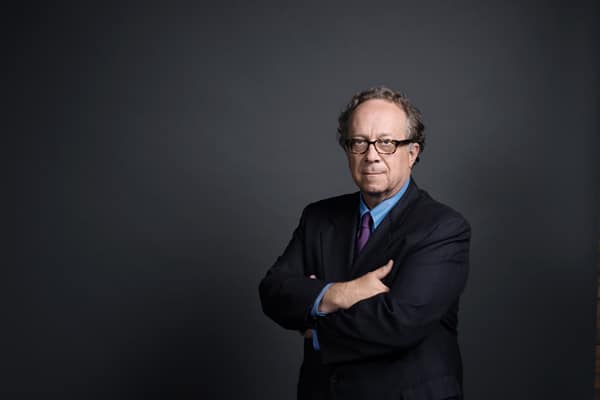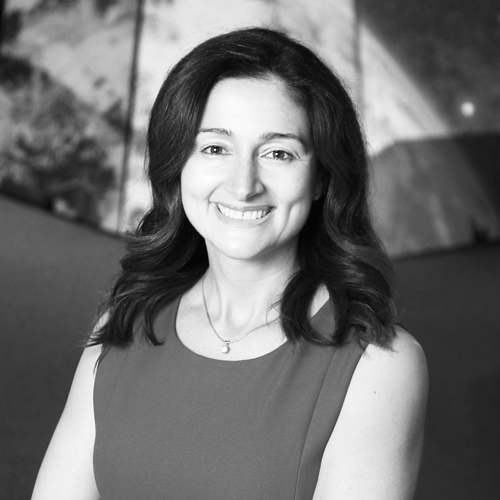
How do you raise $1.8 billion from investors in a little more than three months, as private-equity firm HGGC did recently during its third fund-raising? According to Kurt A. Krieger, the company’s general counsel and chief compliance officer, it has everything to do with how investors made out in the previous fund-raising.
“You have to have returns,” he says. “If your fund returns are below the 50th percentile, it’s hard to raise a successor fund. We call it survivor bias. If there aren’t good returns on a first fund, there is often no second fund. And you have to convince your investors that your returns are not random events. There has to be some differentiation, something you’ve been able to do, a clear strategy you can articulate.”
That HGGC reached a third fund-raising, therefore, is no accident. The firm has enjoyed a steady upward trajectory with each fund-raising, going from $1.1 billion to $1.3 billion to the recent $1.8 billion. The firm solidly occupies the middle-market—smaller firms might look to raise $100 million, while mega firms can reach $100 billion—and to get the returns on the money its investors put into it and retain their trust, it relies on a distinctive set of tried and true principles and practices that Krieger helps oversee.
In his role, Krieger has a global view of HGGC’s fund-raising process. He looks at securities filings and all the documentation required, but he’s also at the table, negotiating terms with investors or limited partners—terms he says tend to get much more favorable on the heels of success.
“As the firm’s position in the marketplace improves, the arc improves,” he says. “The terms of our first fund-raising were more favorable to the limited partners, the second achieved a greater balance, and we think the third gives the limited partners the protection they need but also gives us the flexibility we want.”
When a private-equity firm such as HGGC raises funds, it asks large institutions to commit capital with the understanding that the firm will go out and buy businesses with the money. The idea is to make those businesses profitable, sell them, and get the investors their returns.
All those investors want to know what they’re getting into, of course, so HGGC gets inundated with diligence questionnaires, some of which can go on for hundreds of pages. Krieger remembers one questionnaire that was more than three hundred pages, something that he chalks up to “the cost of doing business.”
Once it raises funds, HGGC focuses on deploying the capital with speed and efficiency. A fund generally has a ten-year life: six years of investment and four years of harvesting. Sometimes the investment goes at a quicker pace. Once 70–80 percent of the money has been spent, the firm gets going on the successor fund so that there are no gaps.
Krieger says that HGGC is somewhat unique in that it chooses to invest in businesses that are not necessarily on their last legs but just need a problem solved. A recent example was a business in Montreal that HGGC acquired. It was owned by a father and son who were coders. The company had developed a streamlined software solution for retailers to manage inventory and distribution across various channels of distribution, but it was unable to tap into the massive market for its product. HGGC found a German company trying to tackle the same problem and brought them together to stimulate international growth.
Working closely with the newly merged business’s management team, HGGC helped it build a formidable sales team, and it began to thrive. A bidding war between a couple of major strategic acquirers ensued, and the Montreal family cashed out. The father and son then used some of that money to invest in HGGC’s third fund.
“We think of ourselves as old-school partnership investors,” Krieger says. “We never buy 100 percent; we always try to work management, the founders, and sponsors into the deal so that they continue to have equity. Before we close, we come to a shared vision of what the next steps are, so we know what we are going to be selling when our investment ends. That drives who our investors should be—people that can add value to our investments.”
***
Koley Jessen:
“Kurt has a great ability to take complex situations, identify the material issues, and examine them from both parties’ perspective to arrive at a workable solution.”
—Brian Harr, Shareholder


